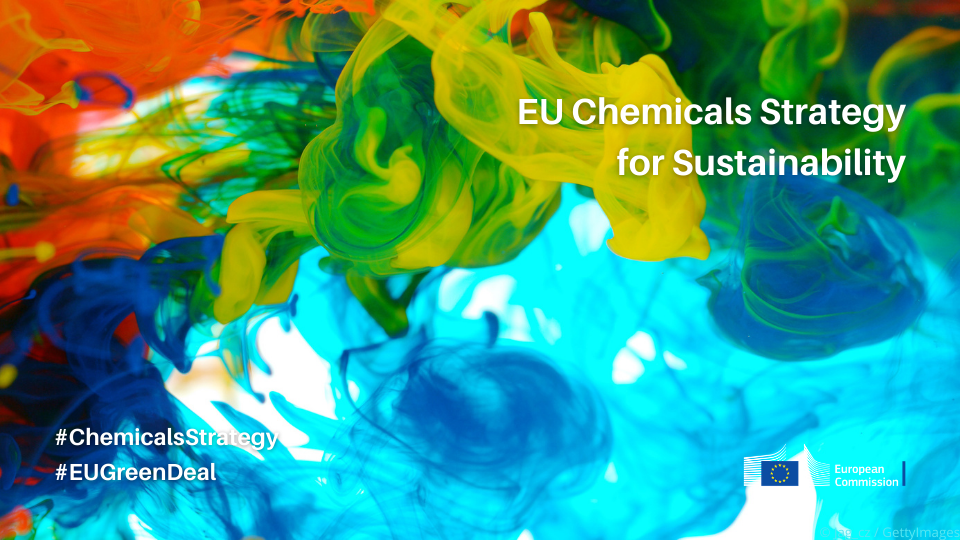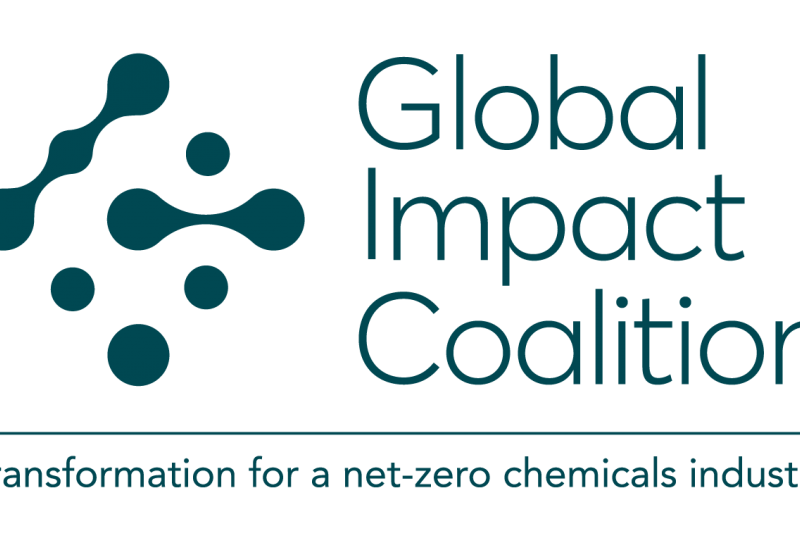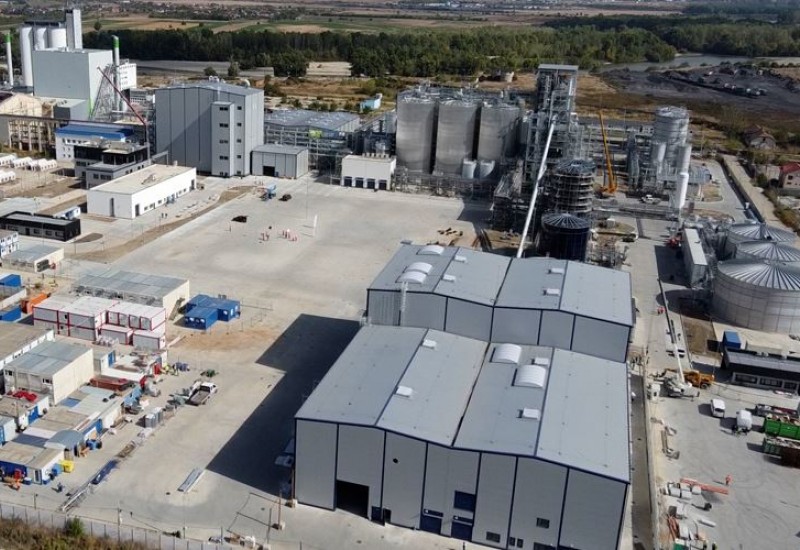Feature article: CEFIC responds to Chemical Strategy for Sustainability
Europe's main trade association for chemicals gave a mixed greeting to the European Commissions's new sustainability strategy
The European Commission (EC) has published a new Chemical Strategy for Sustainability and invited the European Parliament and the Council to endorse this and to contribute to its implementation. It envisages revising REACH “in the most targeted way possible”, while also taking other initiatives to improve legislation.
“This strategy represents the necessary first step towards Europe’s zero pollution ambition and the related targets defined in the biodiversity and farm to fork strategies, laying the foundations for the upcoming zero pollution action plan and contributing to the success of the Europe’s beating cancer plan,” the EC stated.
The Commission sees the strategy as complementary to the European industrial strategy, the recovery plan for Europe, the circular economy action plan and other European Green Deal strategies and initiatives in specific sectors. It will now send the strategy out for stakeholder consultation. CEFIC has already responded.
Specifically, the EC has set down a series of broad action points in different areas. First, it will develop ‘safe and sustainable by design’ criteria for chemicals and establish an EU-wide support network to promote cooperation and share information, while taking other actions to promote the concept.
To boost non-toxic material cycles, the EC will work in multiple ways to minimise the presence of substances of concern in products. Priority will go to those that most affect vulnerable populations and sectors with the highest potential for circularity, such as textiles, packaging, electronics and construction. This includes ensuring that authorisations and derogations under REACH “are exceptional and justified”.
Among various other means to support innovation, the EC said that it will use the financial instruments it has to help R&D into advanced materials that help “to deliver the green and digital transition”, as well as to develop and deploy low-carbon processes in chemicals and materials.
Looking at protection from toxic chemicals, the generic approach to risk management will be extended to remove carcinogenic, mutagenic, reprotoxic, endocrine-disrupting persistent and bioaccumulative chemicals from products. A comprehensive impact assessment will be launched immediately to define the modalities and timing to do this.
While this is ongoing, the EC will prioritise substances in these categories for restrictions for all uses and through grouping, instead of regulating them one by one. This will include defining criteria for essential uses to ensure that the most harmful chemicals are only permitted where absolutely necessary.
In addition, the level consumers have under REACH will be extended to professional users, in part through upcoming Strategic Framework for Health and Safety at work. Specifically, occupational limit values for lead and asbestos will be lowered and a binding limit value will be established for diisocyanates.
A legally binding hazard identification of endocrine disruptors will be established based on the WHO definition and building on the criteria already developed for pesticides and biocides. This, the EC said, will ensure that are banned in consumer products as soon as they are identified, except where their use remains essential.
The EC will further assess how to best introduce mixture assessment factor(s) into REACH. It will pay particular attention to PFAS, addressing them via a group approach. This includes a ban on their use in firefighting foams and other applications. Finally, it also outlined the principle of zero tolerance for non-compliance.
CEFIC gave the strategy a mixed response, welcoming the compliance, enforcement and innovation proposals and describing it in the round as “more balanced”. In particular, CEFIC welcomed the adoption of the sustainable-by-design concept and the “signals” it gave on better enforcement of compliance.
However, the association added that this was “a missed opportunity for a strategy to accelerate how the chemicals industry “can deliver on the Green Deal, as a growth strategy”. Instead, it read like “a long list of regulatory measures lacking sufficient clarity on how they will be joined up, how they relate to real-world geopolitical context like Brexit, or how they will all add up to achieve the Green Deal objectives.”
“This uncoordinated policy risks undermining the role the EU’s home-grown industry can play, in favour of simply outsourcing the Green Deal technology solutions to other parts of the world,” CEFIC warned. “A real chemical sector strategy for the Green Deal should strike a better balance between simply banning chemicals based on their hazardous properties and enabling the technology solutions that will make the Green Deal reality.”
CEFIC reiterated its support for the goals of supporting human health and the environment and that any disagreements were about “how to get there”. It would not support a full reopening of REACH and was therefore encouraged that any revision will be “very targeted”. The association concluded by calling for “a Green Deal ‘game plan’” for the chemicals industry that can “deliver the investments needed at scale to meet the chemical strategy goals and, at the same time, invest in things like electric crackers, hydrogen, chemical recycling, and carbon capture storage and utilisation.”
On the day before the strategy was published, CEFIC published an official statement that Green Deal agenda and the Chemicals Strategy for Sustainability, as well as being crucial for the competitiveness of EU businesses. No article, substance, or mixture should enter the market if it does not comply with EU rules, it contended.
“No matter how ambitious the legislation is on paper, it will never fulfil the level of protection of consumers and workers it has set out to offer, if not properly enforced,” CECIC added. In particular, the association asked the EC and EU Member States to prioritise action on:
* Tightening controls of imports of chemicals and goods, including online marketplaces, because most goods containing banned or restricted chemicals come from outside the EU, many being purchased online
* Ensuring new restrictions are 100% enforceable, including harmonised and standardised control test methods, and the lab capacity, budget and resources to check whether representative samples contain restricted chemicals or not, especially given the wide scope of some restrictions
* Improving coordination and sharing of data between regulators, private sector and civil society, which CEFIC said, “can play a bigger role in supporting enforcement actions” and can be facilitated by increased digitalisation of information
The statement was signed by five members of the High-Level Roundtable on the Implementation of the Chemical Strategy for Sustainability, including BASF executive chairman Martin Brudermüller, who is also the current president of CEFIC, Ilham Kadri, CEO of Solvay and others from Covestro, Henkel and Eurometaux. Euratex also supported it.















